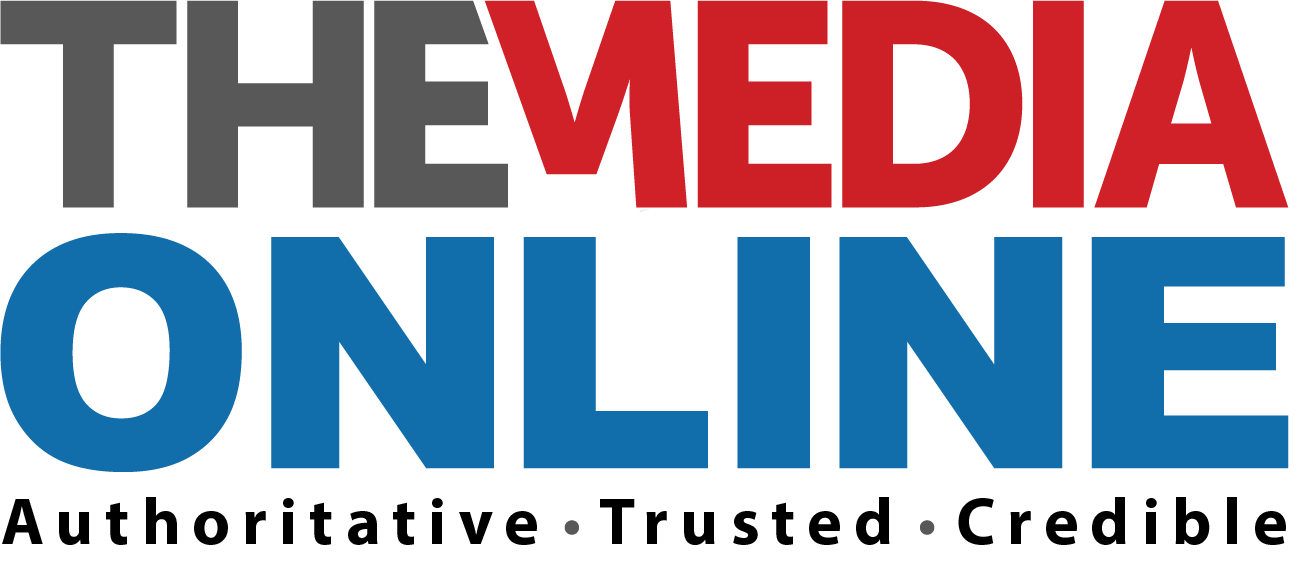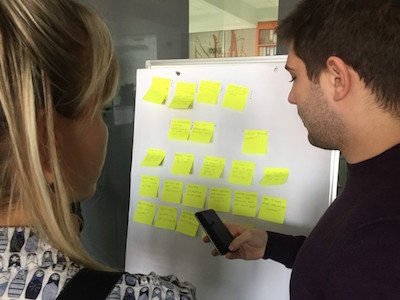“It comes as no surprise to me that visual-first journalism is at the core of The New York Times’ new digital strategy,” writes Robb Montgomery, a WAN-IFRA Advisory Services Associate Consultant, in this guest post, which first appeared on his blog.
‘Journalism That Stands Apart’ is the publisher’s latest report that focuses on the innovation and design-led newsroom strategies it will be undertaking in an effort to double its digital revenue by 2020, to $800 million.
Visual Storytelling and Design Thinking are a powerful combination to address. I have spent my entire journalism career exploring this frontier. Both as an editor and a professor.
So, of course, I am thrilled to see a major publisher take a bold step at this intersection.
“We need to expand the number of visual experts who work at The Times and also expand the number who are in leadership roles,” the report’s authors write; photographers, videographers, and graphics editors will “[play] the primary role covering some stories.”
In their memo, Baquet and Kahn write, “We will train many, many more reporters and backfielders to think visually and incorporate visual elements into their stories.” There will be more creative directors and senior editors who are visual experts. And “roughly a dozen new visual-first journalists will be in place by the end of 2017”.
These words from the executive editor are a strong signal for a sea change for how editorial coverage is imagined, planned, reported, edited, distributed, measured, and judged.
“Creating a more visual daily report is an enormous opportunity.”
Culture change
Oh yes it is, but also very achievable. It will be exciting to watch this culture change unfold.
The key for me is to watch the leadership.
When I visit newsrooms to lead redesigns, or to grow their social video capacity or lead design thinking workshops, I am always struck by the lack of visual literacy at the top.
For me that has always been a pain point. The top editors at the top papers simply have not risen to the top by reporting visual-first stories.
The better ones have studied the basics of picture grammar and design language.
Some may have had stints managing graphics or video departments, but not many chiefs have the personal background and experience, for example, to know how to find, capture, kill, edit, and share a visually-led story using just a smartphone.
If you are scoffing at this. Let me just challenge you. Can you name 10 ways to plan a visually led story?
Every freshman journalist should be able to do this and every sophomore be able to produce all 10.
Visual reporting with a smartphone is a basic skill set for our present reality and is only now being taught in journalism schools.
And if visual reporting is being taught at all, it is typically offered as an elective, rather than a foundational skill like news writing 101.
There is only one journalism school I know of that requires every student to complete a proficiency in mobile video reporting and that one is in France.
Literacy in ‘Visual Reporting’ and ‘Visual Editing’ is the foundation for getting the future that the leadership wants.
You can hire some of that from outside. You can promote some of it from within, but those steps alone will not lift the entire boat. It is simply not enough to bring the culture change that the leaders seek.
You need two more things:
- There needs to be a comprehensive approach to growing visual literacy for every employee in the organisation.
- Design-thinking methods need to be used by journalists working in cross-functional teams to drive daily innovation.
What do I mean by this? I could tell you, but wouldn’t it actually make the point better if I just showed you?
This is a recent Design Thinking workshop I produced. The design challenge was ‘How do we grow more loyal visitors to our Web sites(s)?’



This is Design-Thinking. It is not graphic design.
This is strategic problem solving that yields a business result. It is a process and a habit that you can use every day.
In addition to new ways of working, every person in their organization gets access to a bundle of certificate e-courses in visual storytelling – From simple to advanced topics. Company-wide efforts like this grow visual literacy across the enterprise and helps leaders achieve their goals.
Specifically the HR department for this publisher will work with top managers to use these materials to set goals for their 200 editorial employees throughout the year.
A bold effort like this will soon let everyone in the house to begin to speak the same language. (And to be able to name at least a few of the ’10 types.’)
That is what I do now as a visual journalism expert, and it is damn exciting.
Growing literacy in visual storytelling is one of the reasons I launched Visual Editors educational network way back 2004.
Where do we begin?
I was carrying a Nikon F3 when I first walked into a journalism school in 1986. (I was a kid looking for a free darkroom where I could develop my B&W film.)
I was actually studying Organic Chemistry at the time, but after that visit I switched my major to journalism and have never looked back.
It was with a camera that I first reported and edited stories. My school was among the first to get Macs and use desktop publishing software to design the school newspaper and yearbook.
So I added minors in graphic design and economics and learned how to report with infographics. And then I shifted to publication design, because that is where the jobs where in 1990 when I graduated.
That visual reporting and editing foundation has fueled my 30-year career in visual journalism.
Imagine the plight of today’s journalism school and student. How are they going to get the same opportunities?
Much of their studies are still text-centric.
Visual reporting and editing courses are pushed to the side or only offered in the third and fourth years.
This balance between text and visual reporting skills needs to be flipped. Immediately.
Mobile reporting
I have been teaching mobile reporting (MOJO) at FH Wien Journalism School in Austria for the past three years. Last year, the dean invited me to help his team put MOJO in the center of their curriculum. A process that may not start until later this year, for a semester that begins in 2018. Possibly. That pace of change is way too slow for a medium and marketplace that is moving much faster.
At the British Columbia Institute of Technology in Canada, MOJO has been part of the core journalism curriculum for two years. It starts with first-year students in the first term.
I predict that we will see some big changes as the top schools follow the shifts from leaders in the industry, like The New York Times.
Their announcement represents a seismic shift in strategic thinking.
J-Schools everywhere will need to increase the tempo of their curriculum changes in order to keep pace.
What do think?
- Are you prepared to be a visual first journalist?
- Do you know how to build and nurture a design-led newsroom?
Your future may depend upon it.
This story was published with the permission of the WAN-IFRA World Editors Forum.














